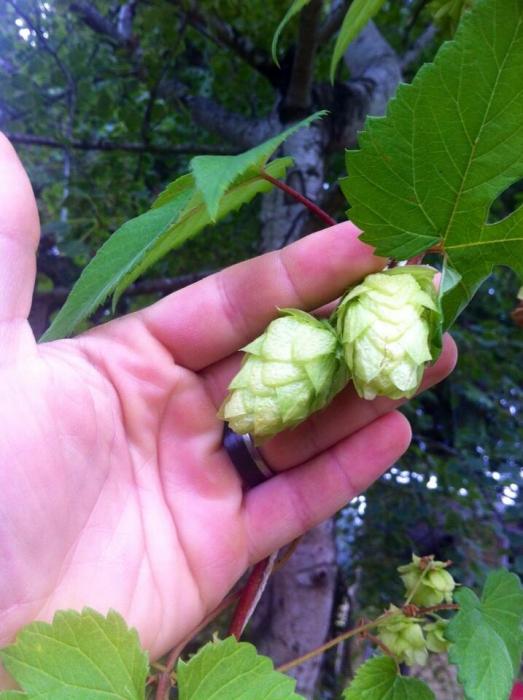I see one of our sponsors is setting up Pre orders. Got me thinking of they do well where I live.
Neomexicana is a true American hop. Not transplanted from Europe.
So far on my Google searches, the variants are Multi head, Neo1, Amallia, and Willow Creek.
Multi is peachy. Neo1 is lemon/citrus and Amallia is earthy.
I am willing to buy a few to test out. I am wondering if anyone else planted them.
Neomexicana is a true American hop. Not transplanted from Europe.
So far on my Google searches, the variants are Multi head, Neo1, Amallia, and Willow Creek.
Multi is peachy. Neo1 is lemon/citrus and Amallia is earthy.
I am willing to buy a few to test out. I am wondering if anyone else planted them.























![Craft A Brew - Safale S-04 Dry Yeast - Fermentis - English Ale Dry Yeast - For English and American Ales and Hard Apple Ciders - Ingredients for Home Brewing - Beer Making Supplies - [1 Pack]](https://m.media-amazon.com/images/I/41fVGNh6JfL._SL500_.jpg)

































 I'm from West Virginia. Oh, the number of people who don't realize West Virginia is an actual state, which broke off from Virginia in 1863 to rejoin the Union while Virginia stayed with the Confederacy. You've had 150 years to realize we're there. While some West Virginians may claim to be Southern (many residents, especially in the southern part of the state, sided with the Confederacy,) the Northern Panhandle reaches farther north than Pittsburgh, Columbus, and even Philadelphia.
I'm from West Virginia. Oh, the number of people who don't realize West Virginia is an actual state, which broke off from Virginia in 1863 to rejoin the Union while Virginia stayed with the Confederacy. You've had 150 years to realize we're there. While some West Virginians may claim to be Southern (many residents, especially in the southern part of the state, sided with the Confederacy,) the Northern Panhandle reaches farther north than Pittsburgh, Columbus, and even Philadelphia.

